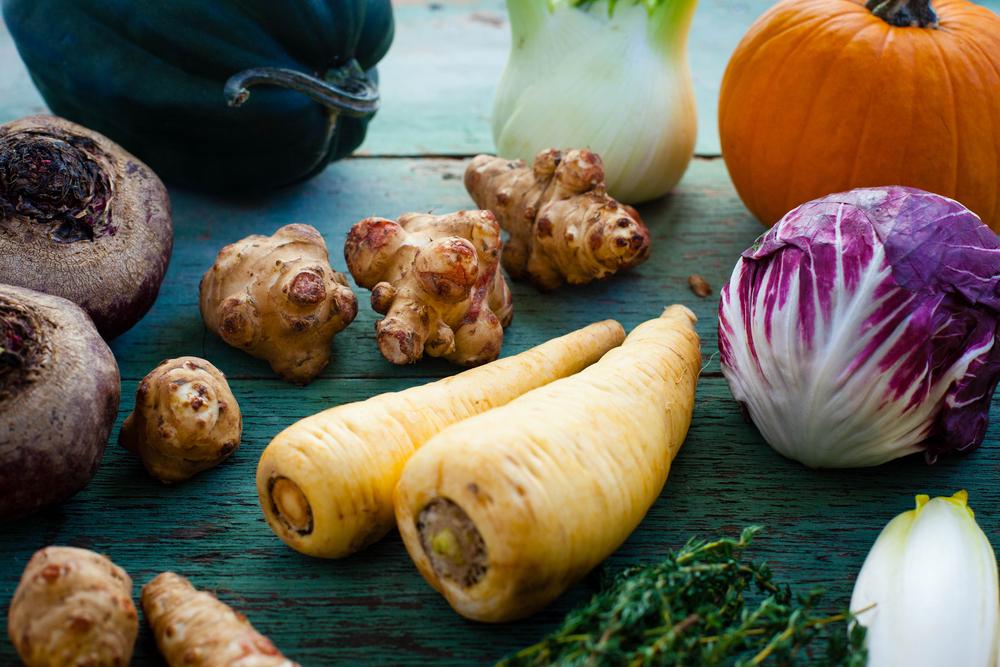Ah, summer. Overnight dew on lush green grass, high-climbing roses and sunflowers, afternoon picnics in the warm sun, evenings when light lingers late in the sky. Summer is the home gardener’s Eden.
It’s also the time to think about winter.

Ah, summer. Overnight dew on lush green grass, high-climbing roses and sunflowers, afternoon picnics in the warm sun, evenings when light lingers late in the sky. Summer is the home gardener’s Eden.
It’s also the time to think about winter.